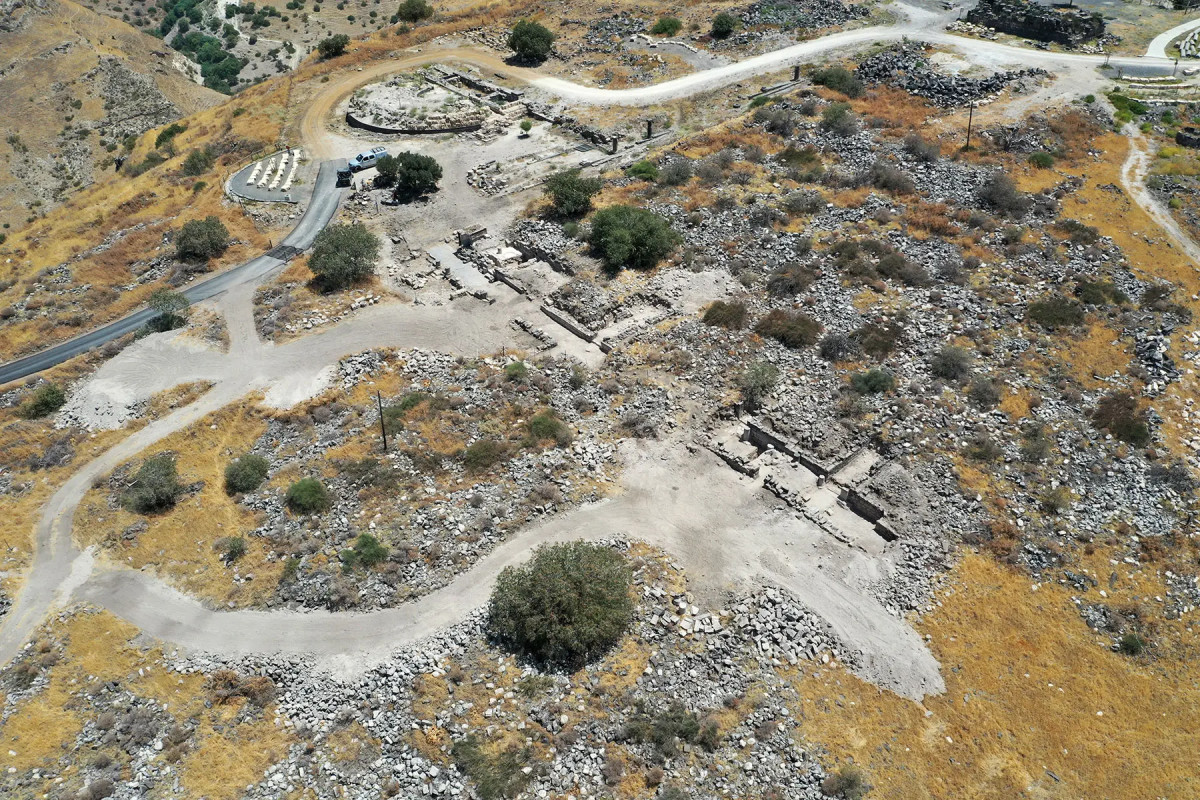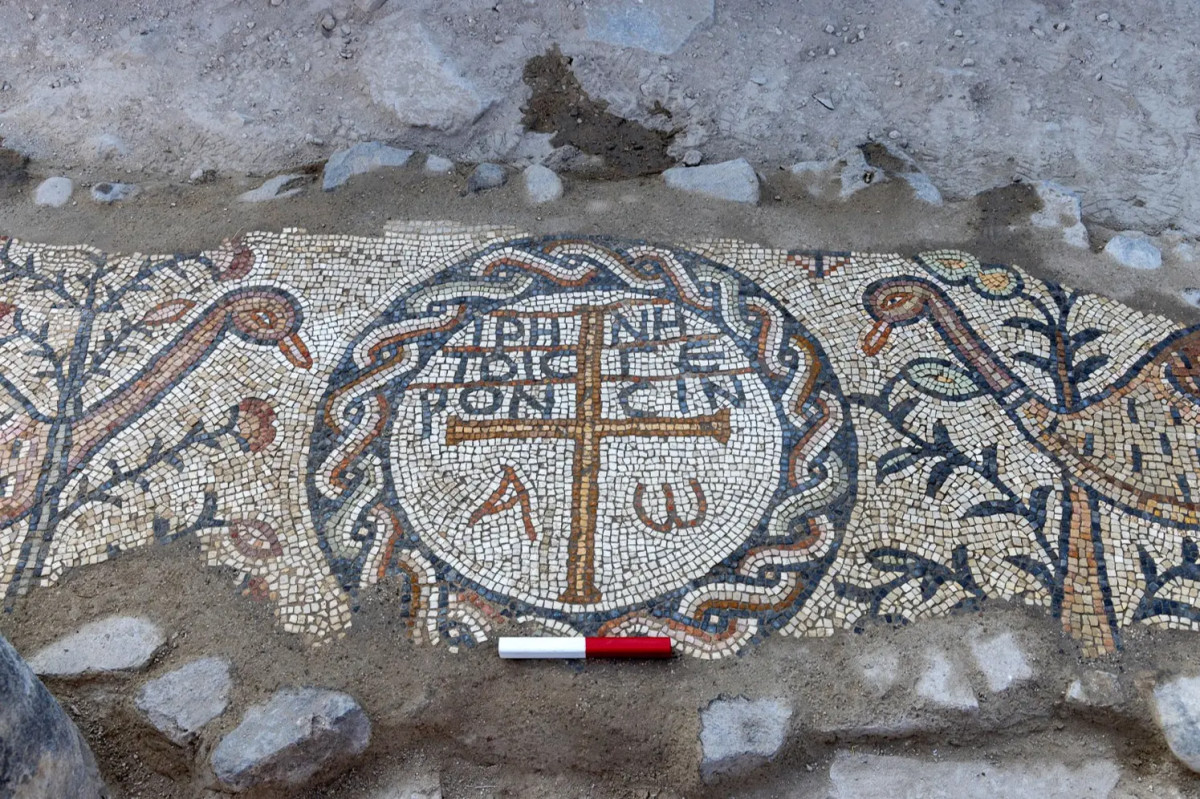Archaeologists have discovered the oldest nursing home on record, per The New York Post.
Scientists excavating an archaeological site in Israel have uncovered a 1,600-year-old Christian nursing home which experts believe to be the oldest on record. The unprecedented discovery was dug from the ruins of Hippos, an ancient sea adjacent to the Sea of Galilee. Hippos, a Christian commune, played a vital role in the Byzantine era, functioning as a powerful bishop’s seat.
The archaeological team from the University of Haifa’s Zinman Institute of Archaeology came across an intricate mosaic etched onto the floor of the building’s entryway. It was emblazoned with a message, written in Koine Greek, which read: “Peace be with the elders.” Archaeologists are nearly positive that the building functioned as a nursing facility for older citizens during the fourth or fifth century A.D
“It shows that Byzantine society established not only religious centers but also places dedicated to dignity and care for its seniors,” Michael Eisenberg, Ph.D, explained.
Dr. Michael Eisenberg/Zinman Institute of Archaeology
Dr. Michael Eisenberg/Zinman Institute of Archaeology
Referencing elders in inscriptions was very rare at this time, so it’s believed that the message was put above the door to designate the home as a site for elder care. Too, the imagery thematically matches the inscription, with many meaningful symbols of ancient iconography such as cypress trees (which represent everlasting life), fruit (abundance and eternal life), and Egyptian geese (the blessing of souls) dominating the tableau.
According to Eisenberg, the mosaic “offers a tangible, dated, and clear indication of an institution designed for the elderly.” He continued: “This is living proof that care and concern for the elderly are not just a modern idea, but were part of social institutions and concepts as far back as about 1,600 years ago. It shows that Byzantine society established not only religious centers but also places dedicated to dignity and care for its seniors.”
The research team called their extraordinary discovery “a rare glimpse into the daily lives of older people in antiquity.” “This was a communal and spiritual institution integrated into the fabric of city life and reflecting the social values of the period,” they explained. “It may provide one of the earliest material testimonies in the Holy Land, showing how the Christian community began assuming responsibilities for care that had previously been handled by family networks alone.”
